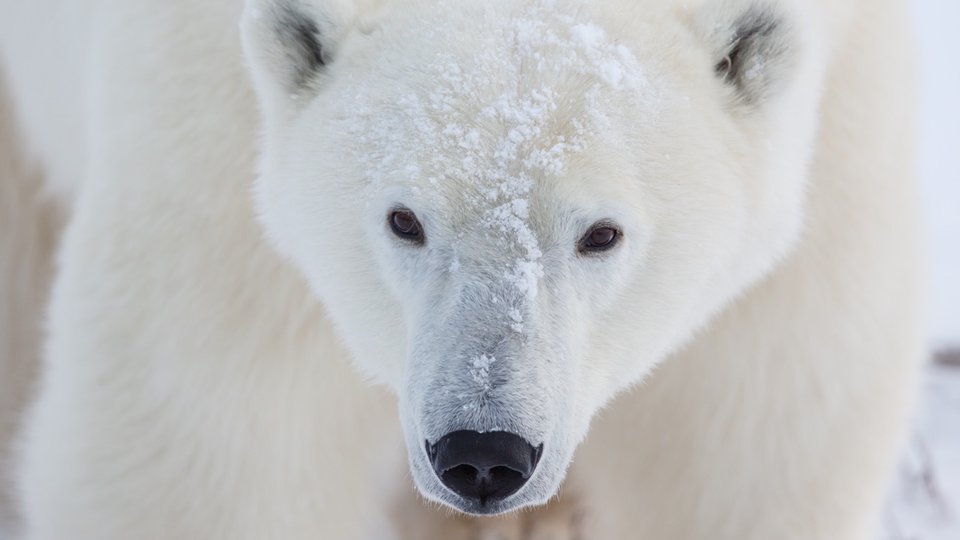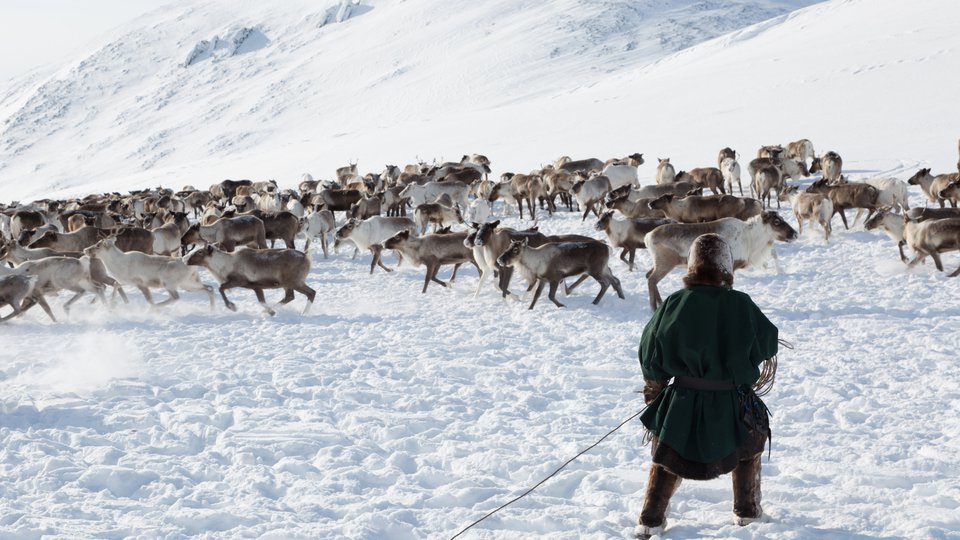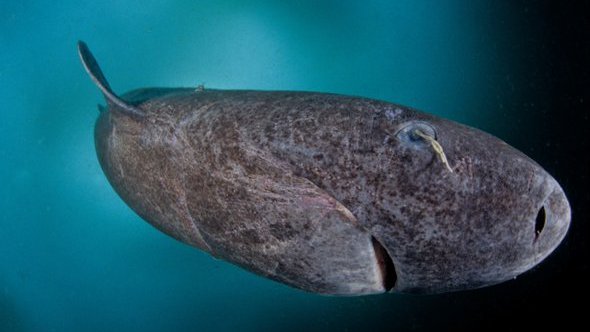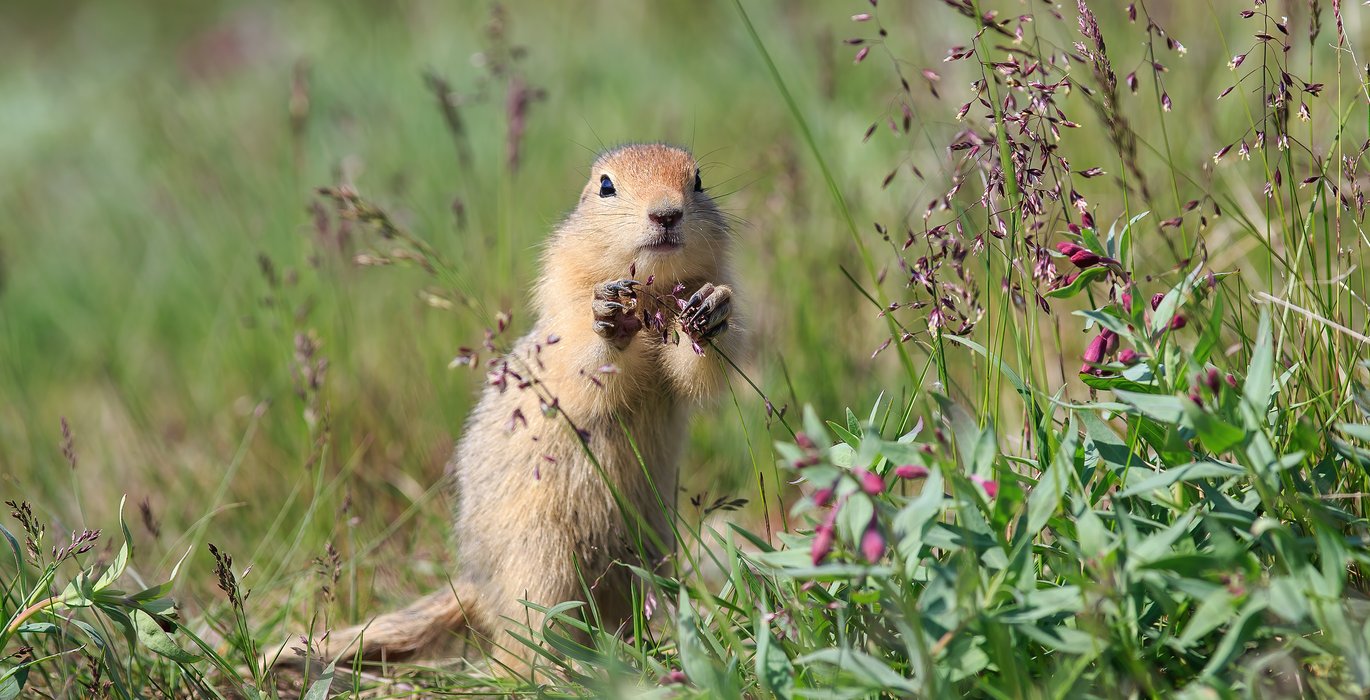
Each spring, after male Arctic ground squirrels (Urocitellus parryii) finish mating season, their gonads shrink, leaving them incapable of mating by mid-summer. They enter hibernation in the fall, and late in hibernation their gonads begin to grow again, with most of this growth and development occurring when they spend time underground eating their cache of food before emerging for the next mating season.
In contrast, females emerge from hibernation ready to mate right away.
However, climate change is causing females to end hibernation earlier and earlier—around 4 days earlier per decade, according to a recent study —while males are staying on the same schedule as they were before, creating the potential for a situation where males and females may not be prepared to mate at the same time. This could potentially lead to fewer Arctic ground squirrels being born, which could have ripple effects across the ecosystem since they are an important food source for many species.
In the 2023 Science study, researchers used more than 25 years of data from two field sites in Arctic Alaska to learn more about arctic ground squirrels and how their patterns and physiology are changing as the Arctic rapidly warms.
To learn more, the researchers placed biologgers on squirrels themselves, incorporating data from 199 different animals over the 25-year study period. These sensors collected data on the animals’ body temperatures, providing a window into their hibernation. They also examined air and soil temperature data at Toolik Field Station, located 600 km north of Fairbanks, and nearby Atigun field sites, utilizing long-term data records.
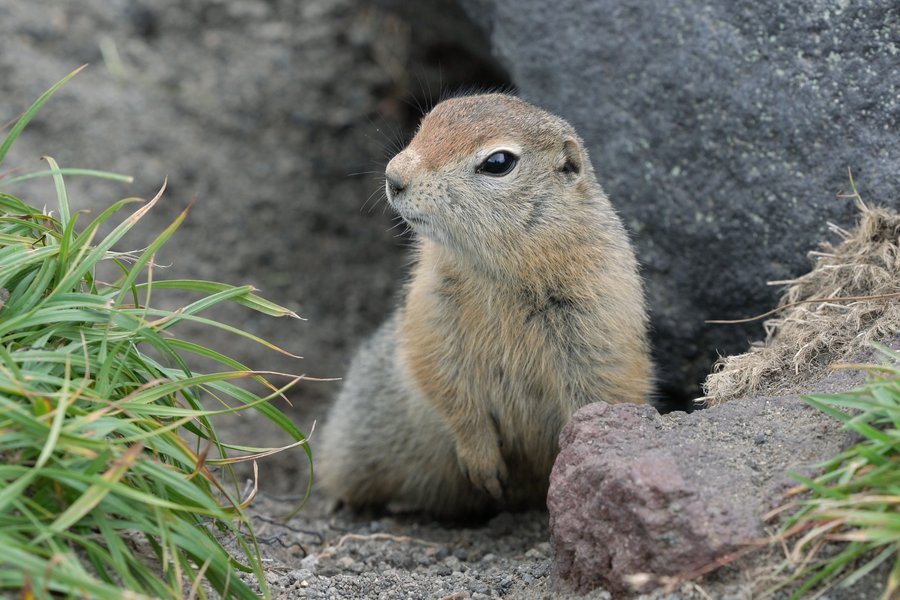
Arctic ground squirrels spend more than half the year underground, with much of this time spent in a state of torpor. (Photo: Adobe Stock)
In order to measure the soil temperature—crucial when studying an animal that spends its winters in underground burrows—they measured down one meter near the animals’ hibernacula. They found winter soil temperatures increased by almost 2 degrees Celsius during the study period, and the soil is freezing around 4 days per decade later in the fall.
The Arctic is rapidly warming approximately four times as fast as other parts of the world. The effects of these changes are widespread, impacting hydrological cycles, sea ice, permafrost freezing and thawing, and “shrubification” where larger plants move into areas where only much smaller plants previously grew, among many other impacts, including phenological patterns.
Phenology describes cyclical seasonal patterns in nature, such as hunting certain prey during specific times of year, mating timing, or even the changing of fur color to better blend in with the surroundings in areas that receive snow during the winter. When climate change makes the timing of some of these patterns shift, it can have ripple effects throughout the ecosystem.
“We saw these pretty dramatic effects in Arctic ground squirrels in the span of just 25 years, and this is a time frame that we as humans can easily think of, so I think it’s very important to know from this study that we see the impacts of climate change in the span of a human’s life not just these time frames that we read about in books and have a hard time imagining.”
Helen Chmura, USFS research ecologist
Extreme hibernators
Arctic ground squirrels spend more than half the year underground, with much of this time spent in a state of torpor. During this time, their bodily functions—including the heart, lungs, and brain—slow dramatically. This state of dormancy can help minimize energy expenditures during times of low food availability.
“Arctic ground squirrels are a really fascinating species for the Arctic,” says USFS research ecologist Helen Chmura, who is an author on the study. “They’re really extreme hibernators. When I say extreme I mean they hibernate both for really long periods of time during the winter and also that they hibernate at really low body temperatures, so -2.9 degrees Celsius is one of the coldest that’s been recorded.”
Every three weeks or so, they need to warm up to keep themselves from freezing to death or facing extensive tissue damage. To do this, they increase their body temperature up to normal for a few hours to a day, before dropping back down to the cold temperatures.
“It is incredibly energetically costly to warm themselves back up, but clearly they need to do this to survive the winter hibernation,” says Cory Williams, associate biology professor at Colorado State University. Williams is one of the authors on the study, and he has studied Arctic ground squirrels for 15 years.
Males and females have long entered and emerged from hibernation at different times, though climate change is altering these patterns, leading to potential mismatches in timing. Females start hibernating first, often beginning around August, while males go into hibernation later, generally in September or October. Males end their hibernation around March or April, though they stay underground eating their stored food cache until they are ready to emerge in April or May.
“When [males] end hibernation they’ll just stay below ground and feed on that food cache,” Williams says. “They do this because it takes them almost a month to go through this seasonal puberty so that they’re ready and able to mate with females. Then they’ll emerge to the surface just before females start to end hibernation themselves. The females don’t cache food and then they immediately emerge to the surface.”
While researchers found males and females are both going into hibernation around the same time they previously have and males are emerging at the same time, females are emerging earlier and earlier—potentially creating a situation where they are not syncing up with the males, and resulting in fewer births.
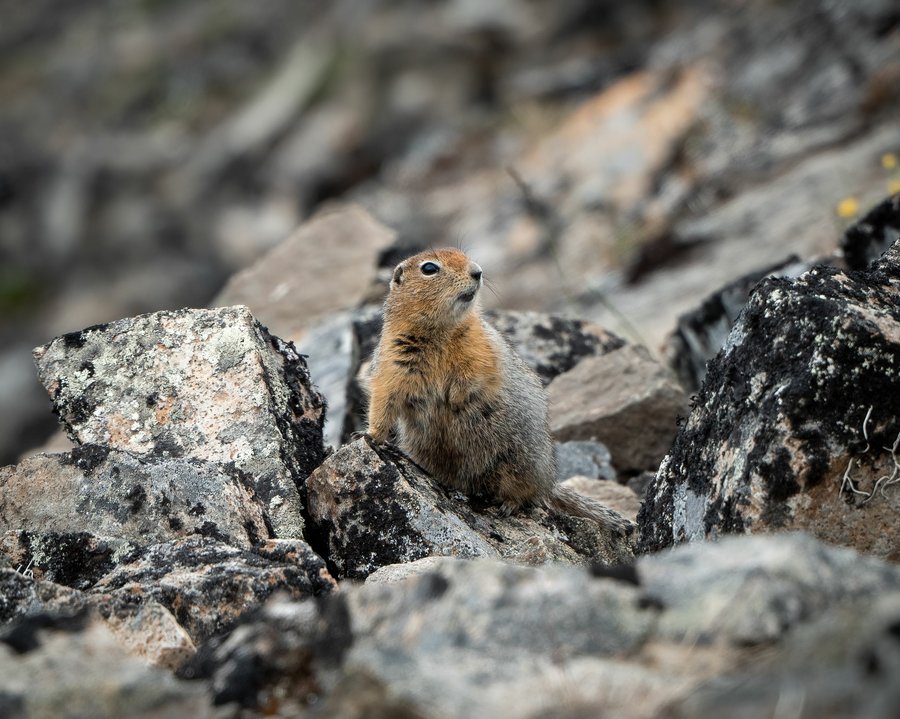
Females Arctic ground squirrels give birth to litters of two to 10 offspring after a gestation period of 25–30 days. (Photo: Adobe Stock)
This creates reproductive concerns, of course, but the warmer weather may be useful to squirrels in other ways. The animals may not need to expend as much energy to keep their body warm enough to survive winter. Squirrels become thermogenic when their core body temperature dips below freezing during torpor, and researchers found this was delayed around 15 days per decade during the study period.
Warmer weather and earlier female emergence could also mean healthier squirrels with greater odds of surviving the winter. The researchers found females that were emerging from hibernation earlier had greater mass, which could indicate better rates of surviving the winter, and produce healthier, heavier squirrels in the spring. While this benefits the squirrels themselves, it is also a win for their predators, especially if the squirrels are spending more time above ground, where tundra predators like wolves, bears, foxes, and golden eagles, raptors, gyrfalcons, and even wolverines, eat them.
“This whole variety of predator species are reliant on these animals and so as the ground squirrels start to advance their timing we expect that these other species may also alter their timing so we could see species start to breed earlier in response to this advance in ground squirrels,” Williams says.
Looking ahead at a changing climate
Since the Arctic is warming so quickly, climate impacts can happen very quickly. Chmura has been working in northern Alaska since 2012, and she has noticed the visible impacts of climate change in this short period, including shrubification of some areas, where more abundant and larger shrubs appear in areas previously inhabited largely by smaller plants. Seeing such changes in short periods of time portends a future that may involve even more changes.
“We saw these pretty dramatic effects in Arctic ground squirrels in the span of just 25 years, and this is a time frame that we as humans can easily think of, so I think it’s very important to know from this study that we see the impacts of climate change in the span of a human’s life not just these time frames that we read about in books and have a hard time imagining,” Chmura says.
She points out the significance of the study’s impact, saying, “The take home message from this study is we’re showing the direct impact of climate change on the physiology and phenology of an arctic animal, which is pretty novel to be able to show at both at the level of physiology and ecology,” Chmura says.
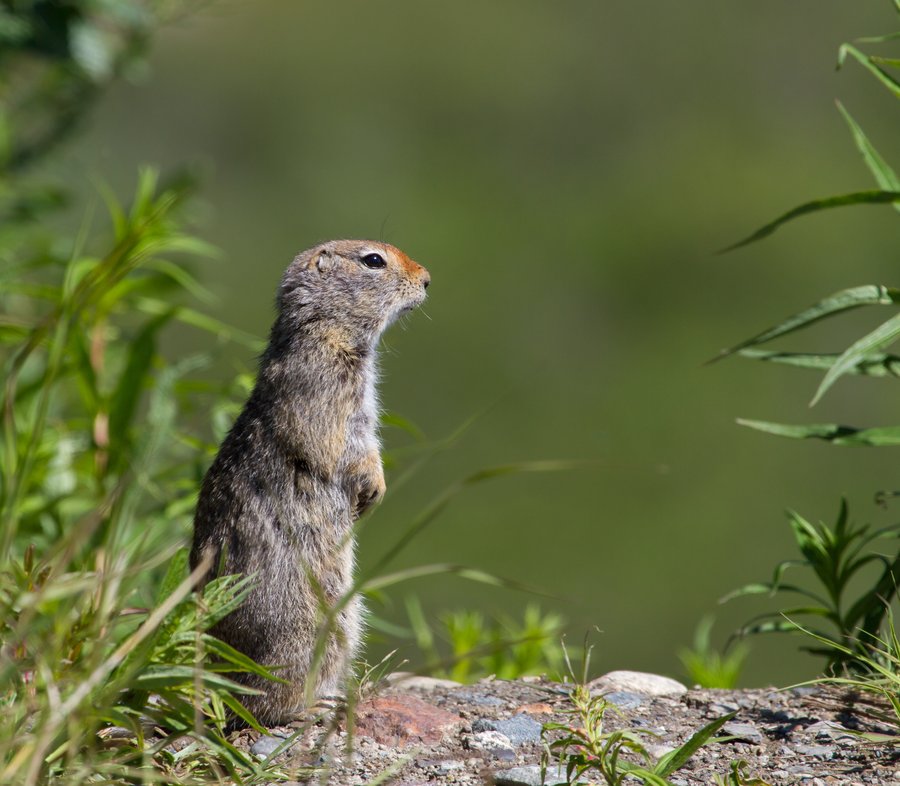
Mating season for arctic ground squirrels occurs in late April to early May, after they awake from hibernation. (Photo: Adobe Stock)
Not every burrowing animal will face the same climate change-related impacts. In more moderate climates, hibernators may burrow in areas that remain above freezing, not requiring them to create so much heat. In other areas, less insulating snow could mean colder burrows and more difficulty surviving the winter. Earlier snowmelt could also mean vegetation begins to grow earlier, with greater food availability for animals that emerge earlier. However, scientists are still learning about how squirrels know when to emerge every year and what cues they use.
If Arctic ground squirrels do suffer a phenological mismatch in reproductive timing, they wouldn’t be the first squirrel species to face one. In the article, the authors mention a case in eastern Canada where scientists found Richardson’s ground squirrels (Urocitellus richardsonii) suffered a phenological mismatch one year during a very warm spring when the females were ready to mate before most of the males.
What does this mean for Arctic ground squirrels? In the short-term, it could affect population dynamics and reproductive rates. However, over the longer term, it is possible that evolutionary change may occur, with adaptations allowing the timing to match up more closely.
“What we’ve seen with climate change is that male timing has not changed but females are now ending hibernation earlier and emerging to the surface earlier,” Williams says. “So at the moment that’s not causing any issues but under continued warming, females may eventually start to emerge before males are actually capable of reproducing. In that case, we would expect there to be really strong selection on males to alter their timing. We don’t know what’s going to happen in the future, but this is what we’re predicting that we’ll see the evolution of timing in these males and they’ll end hibernation earlier as well.”
He points out that this could happen more quickly than some would think. “In the past, it was thought that evolution was this really long time scale phenomenon, but we’re finding more and more that species can evolve relatively rapidly so as long as there’s sufficient genetic variation in these populations we expect that on the order of decades we could see the evolution of timing in these animals.”
